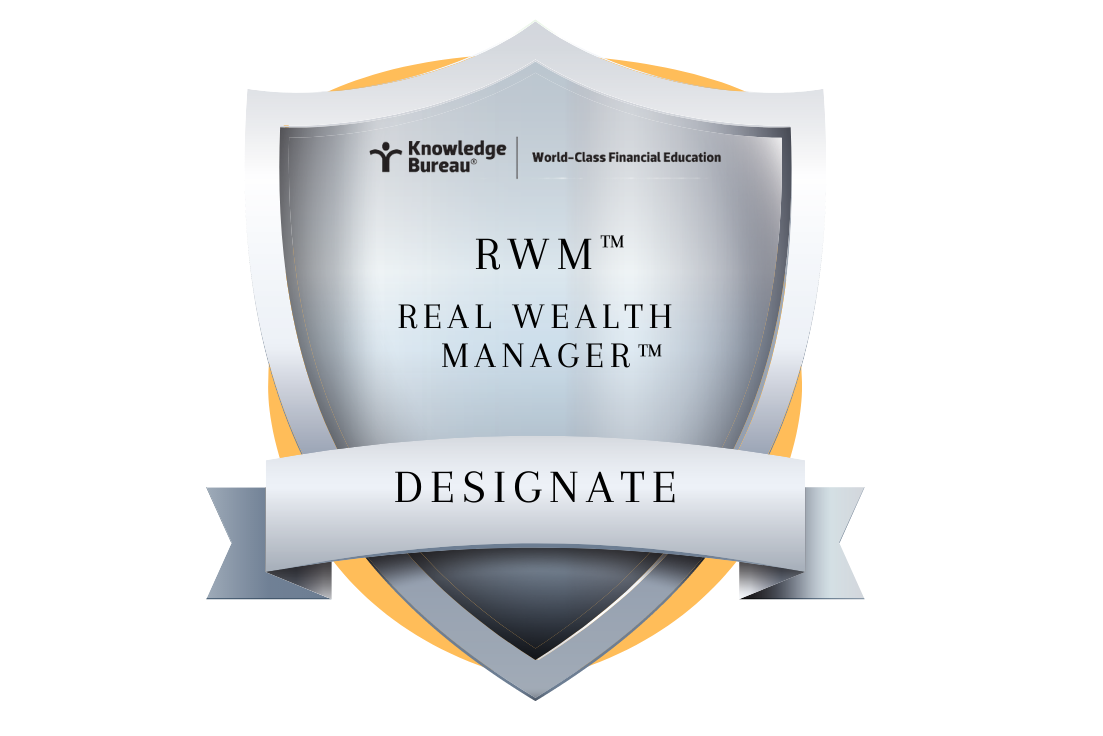Last updated: June 02 2022
Assessing Risk Tolerance: Veni, Vidi, Meas Pagellas Recensui

Ian Wood, RWM™
Assessing risk tolerance and portfolio suitability is one of the most important roles of a portfolio manager. There are many factors that play into risk tolerance: net worth, time horizon, experience, and comfort with volatility to name a few.
So, how do we properly assess risk tolerance? For that we get to go back to ancient Rome. After all Omnia dicta fortiora si dicta Latina (everything said is better if it is said in Latin).
Ceteris Paribus is a Latin phrase meaning “all other things being equal” and its impacts on the development of economic models are enormous.
When we make models for projecting financial variables, such as rates of returns in retirement, inflation, life expectancy, et cetera (another Latin phrase!) we base our projections off an average we feel is reasonable given the historical spread of outcomes and the central tendency of data creating the ubiquitous bell curve.
Using these averages, we can see the impact of changing one or more variables while assuming all of the other variables stay constant. This allows us to make rational decisions about  things like how much money to put away for our retirement each year based on projected future value, and the resulting income we can potentially draw from those portfolios.
things like how much money to put away for our retirement each year based on projected future value, and the resulting income we can potentially draw from those portfolios.
The problem with relying on Ceteris Paribus is that in the real world everything else doesn’t stay constant. A change in expected inflation will likely result in changes to interest rates, projected dividend yields, and stock prices. Isolating just inflation while holding the others constant is convenient, but not realistic. In order to accommodate these interconnected impacts, economists have dusted off their trusty English-Latin dictionaries and integrated Mutatis Mutandis (with things changed that should be changed) into their projections when possible. To make things easier to read, we’ll use the abbreviations C.P. and M.M. going forward. There’s a reason Latin is a dead language.
Using an M.M. projection, rather than C.P., takes more work and provides a range of outcomes rather than one specific result. M.M. focuses more on the correlation effect of different variables, rather than a causal effect predicted by C.P.
Now, you’re likely thinking, “this is all well and good, nerd, but so what?”
If we develop a formula for risk tolerance as a function of the variables that make up risk tolerance, a C.P. assessment tool will ignore the interconnectedness of the variables. A typical multiple-choice questionnaire that spits out a portfolio recommendation is likely making this error.
Newer software (e.g. robo-advisors) have started to incorporate Machine Learning (ML) and Artificial Intelligence (AI) to create suggested solutions by using a programmer’s algorithm for how to compute risk tolerance based on the answers to a few multiple-choice questions. However, unless you have the education to understand and explain how the ML/AI is coming up with the suggestions, we would hesitate to immediately implement anything the software is suggesting.
While a software’s recommendations may be worth reviewing, common sense still has a place in decision making. Therefore, we believe in having regular in-depth conversations about your overall situation to assess your risk tolerance Mutatis Mutandis to determine the suitability of your portfolio’s allocation, rather than asking a few multiple-choice questions and blindly relying on a computer to make a recommendation. By having these conversations on a regular basis, we can make changes to your portfolio to reflect changes in your situation as a whole, rather than isolated changes in your time horizon, net worth, or other variables.
Veni, vidi, meas pagellas recensui. (I came, I saw, I updated my paperwork)
Additional educational resources: Advisors who truly want to offer a new value proposition and build strong, inter-generational, multi-advisory relationships throughout personal and financial lifecycles, will want to use a new approach: Real Wealth Management.
